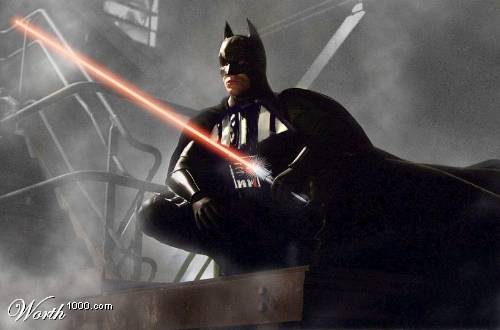I wanted to share a brief, informal case from my current internal medicine rotation:
My patient was a 61-year-old Hispanic female who I met in the ICU for a workup of CHF vs. COPD exacerbation. She had a past medical history of hypertension, gastroesophageal reflux disease, hyperlipidemia, and gout. My team got the page that her sugars were soaring in the 500’s. We hooked her up to a rhythm monitor, ordered a chest x-ray, and turned on the pulse oximetry. The resident and I put her on Lantus, an insulin sliding scale, Lasix, Protonix, and an albuterol nebulizer.
On exam, the patient was seated in a chair, rebreather mask strapped to her face, and the “usual crowd” at the bedside. She had shortness of breath with exertion, and she complained of a vague epigastric pain. My team was ready to move on, but something didn’t add up. I looked at her back, and before I even untied the top of her gown, it looked like T3-T5 were jumping out on the left. She had fine, purple, almost telangiectasic streaks extending from these segments down towards the angle of her left scapula. On the other side, ribs 6-10 were inhaled, and the ipsilateral diaphragm was in a relentless spasm. I suggested ordering cardiac enzymes and running a 12-lead EKG.
Her CK-MB came back as 80 (normal is less than 6). Troponin-I was 8.1 ng/ml (normal is less than 0.4 ng/ml), and her total CK was over 1000. The EKG showed S-T elevation in leads V4-V6 and inverted T waves. I called my resident with the results, and there was silence on the end of the line. We immediately paged the cardiologist and started her on Plavix and Heparin.
I had diagnosed a MI in this woman, which would have been completely missed if not for my osteopathic structural exam. Our early, suppportive intervention may have helped save much of this patient's heart, if not her life.
The instructors in medical school had told us to "keep an eye out" for this sort of thing, but it was pretty mind-blowing to experience it firsthand.

